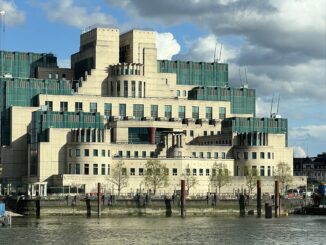
Spook Central – the MI6 Building at Vauxhall
Trains from Clapham Junction to Waterloo generally stop at Vauxhall, and whenever on the service I look at the passengers getting on or off at […]

Trains from Clapham Junction to Waterloo generally stop at Vauxhall, and whenever on the service I look at the passengers getting on or off at […]
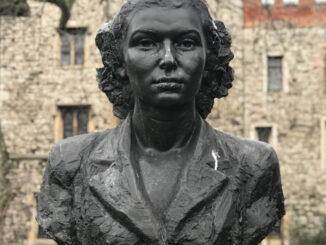
Many of the stories of those who served in WW2 are capable of inducing in those of us who have never had to face such […]
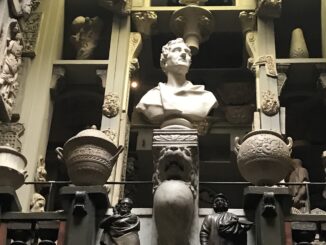
Sir John Soane (1753-1837), most famously the architect of the Bank of England and Dulwich Picture Gallery, was the son of a bricklayer who rose […]
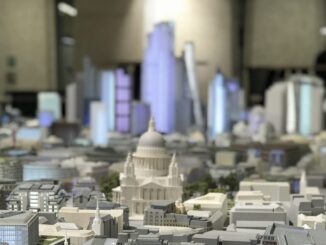
Should you want to feel godlike, the entire capital spread out beneath your glorious presence, then the place to go is The London Centre, in […]
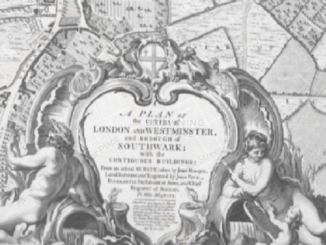
As usual, it started with a bit of googling to research something completely different, but when an interesting rabbit hole appears it seems remiss not […]
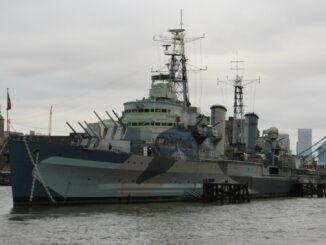
A visit to HMS Belfast on a chilly, late January Tuesday gave me the ship almost to myself, the first time I’d visited this floating […]
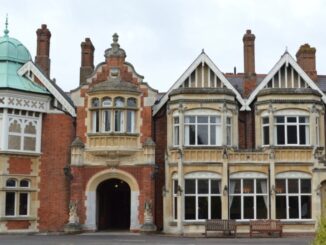
Less than 40 minutes on the fast service from Euston gets you to Bletchley (now part of Milton Keynes). It is a journey that would […]
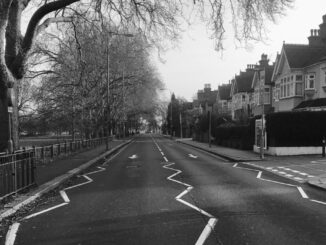
My solid, reliable, 20-year-old Toyota finally stopped being solid and reliable this month (on the M5 in Devon, which was fun). We’d been debating about […]
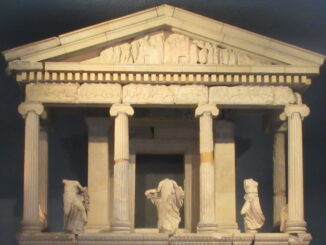
On one’s way to the Parthenon Gallery one walks through Room 17 of the British Museum and there, on the right, is what appears to […]
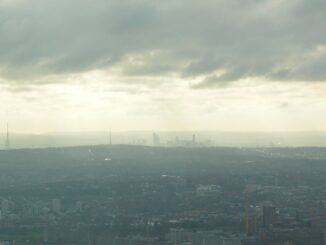
At 278m (912’) and 63 storeys, the new(ish) office block at 22 Bishopsgate is the tallest building in the City of London, and second only […]
Copyright © 2024 | WordPress Theme by MH Themes